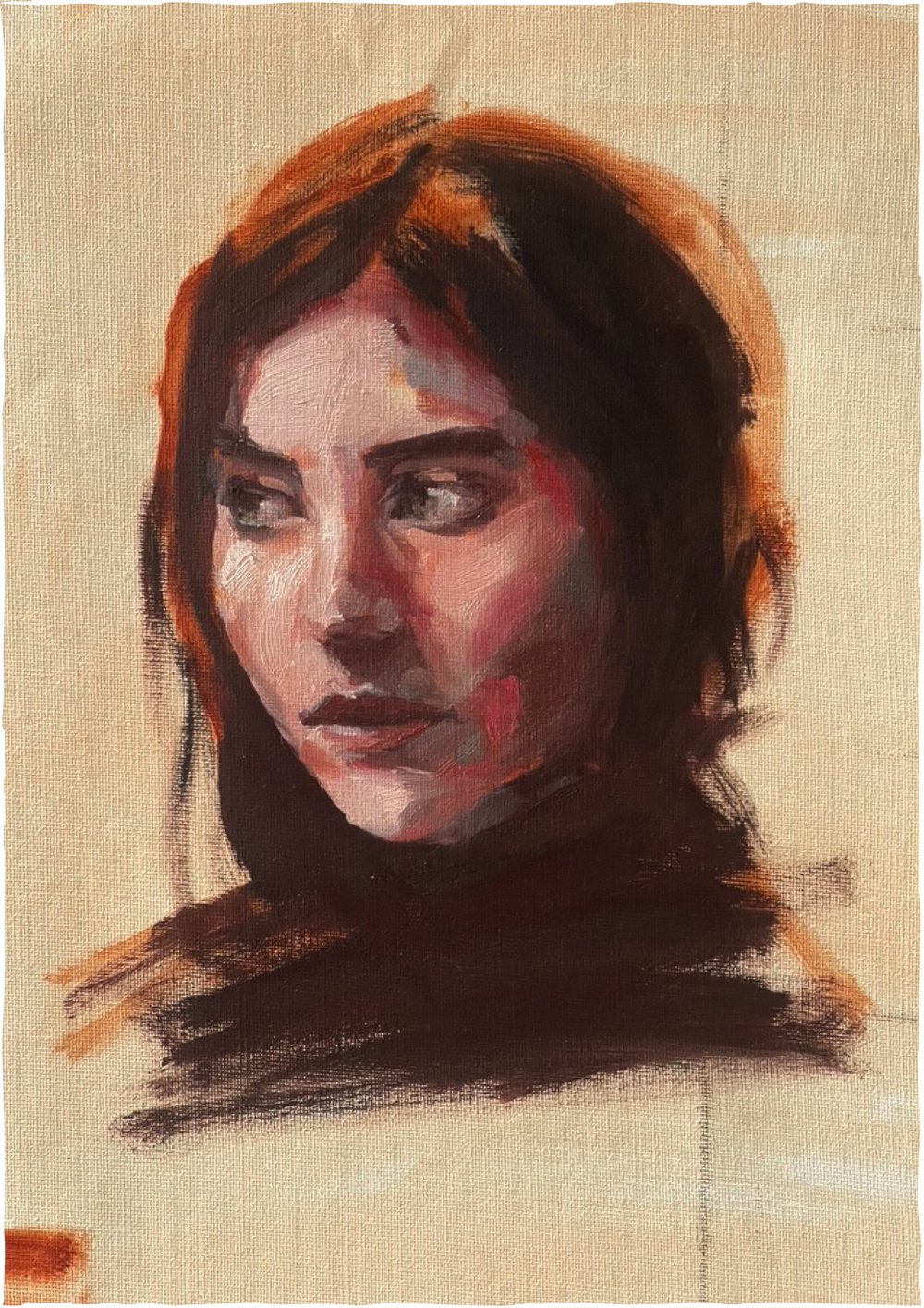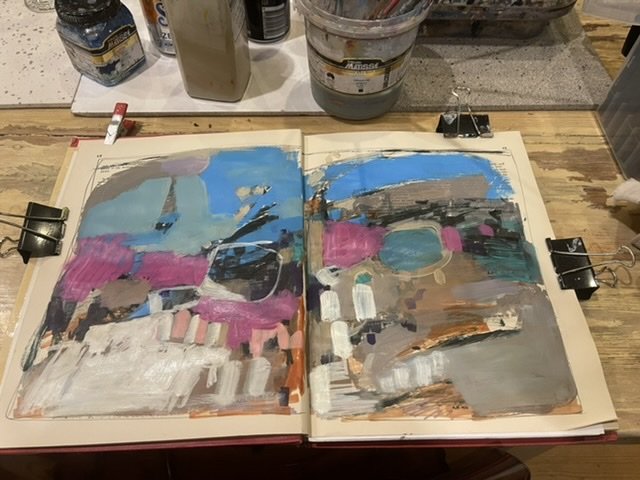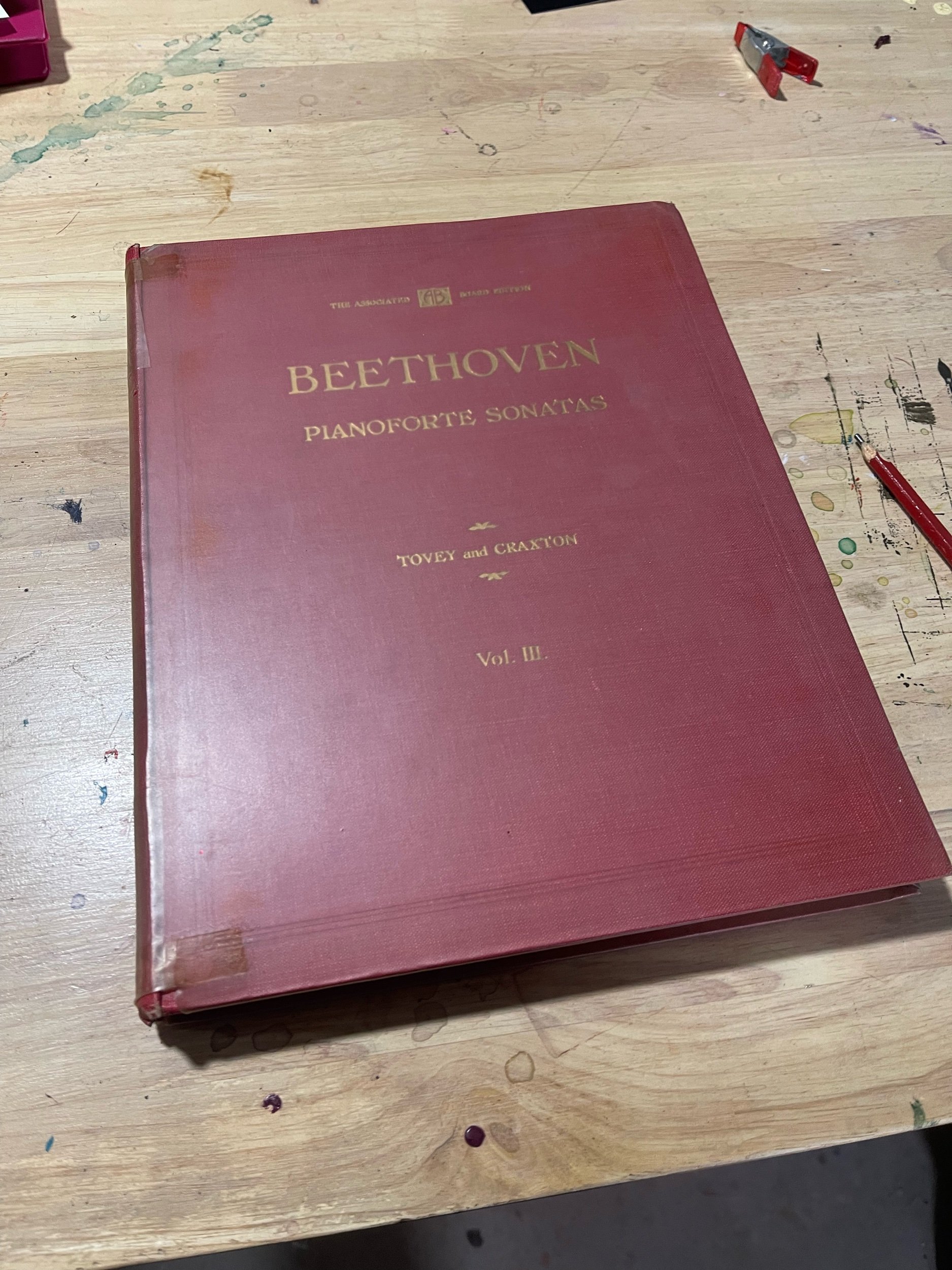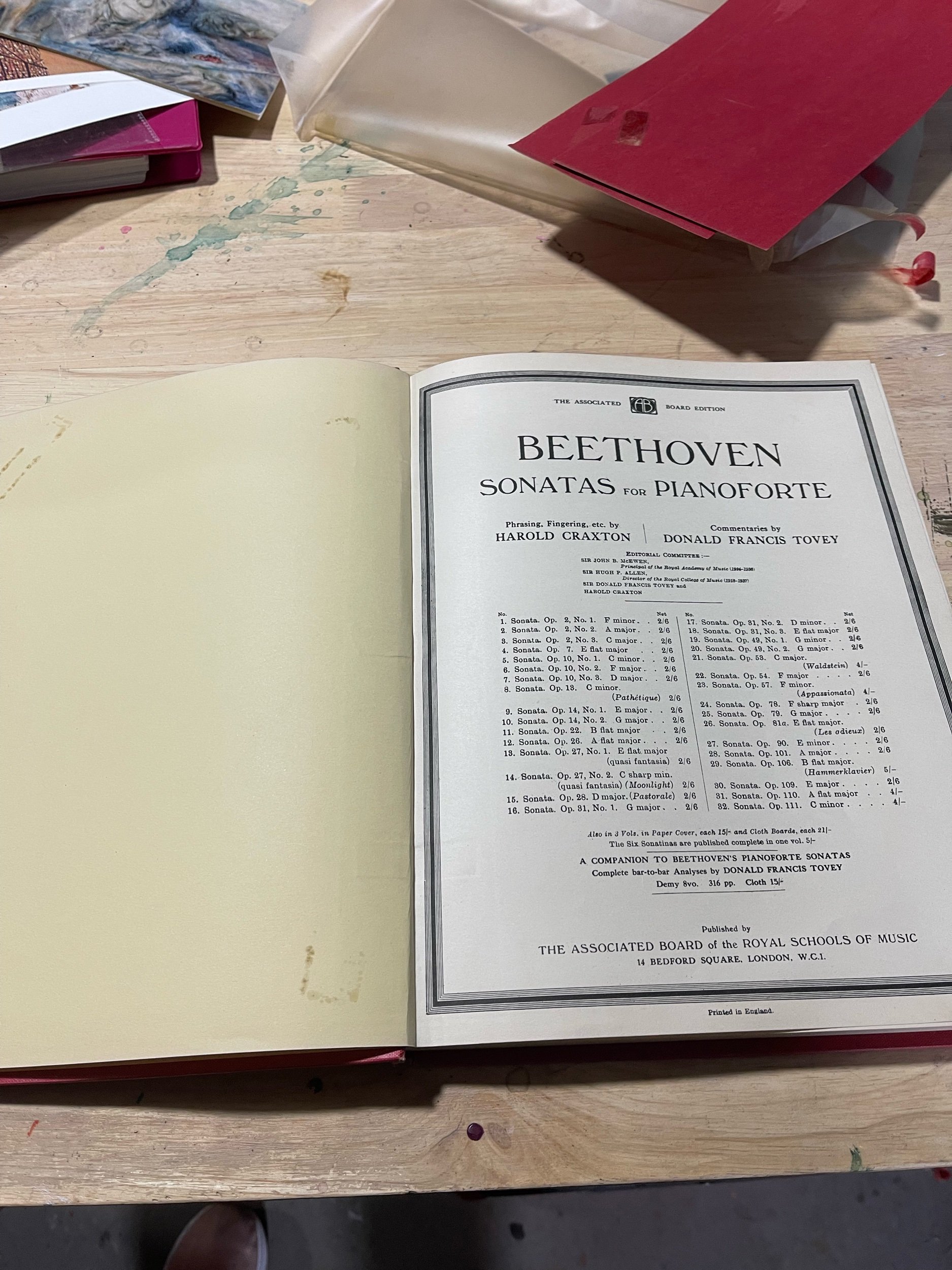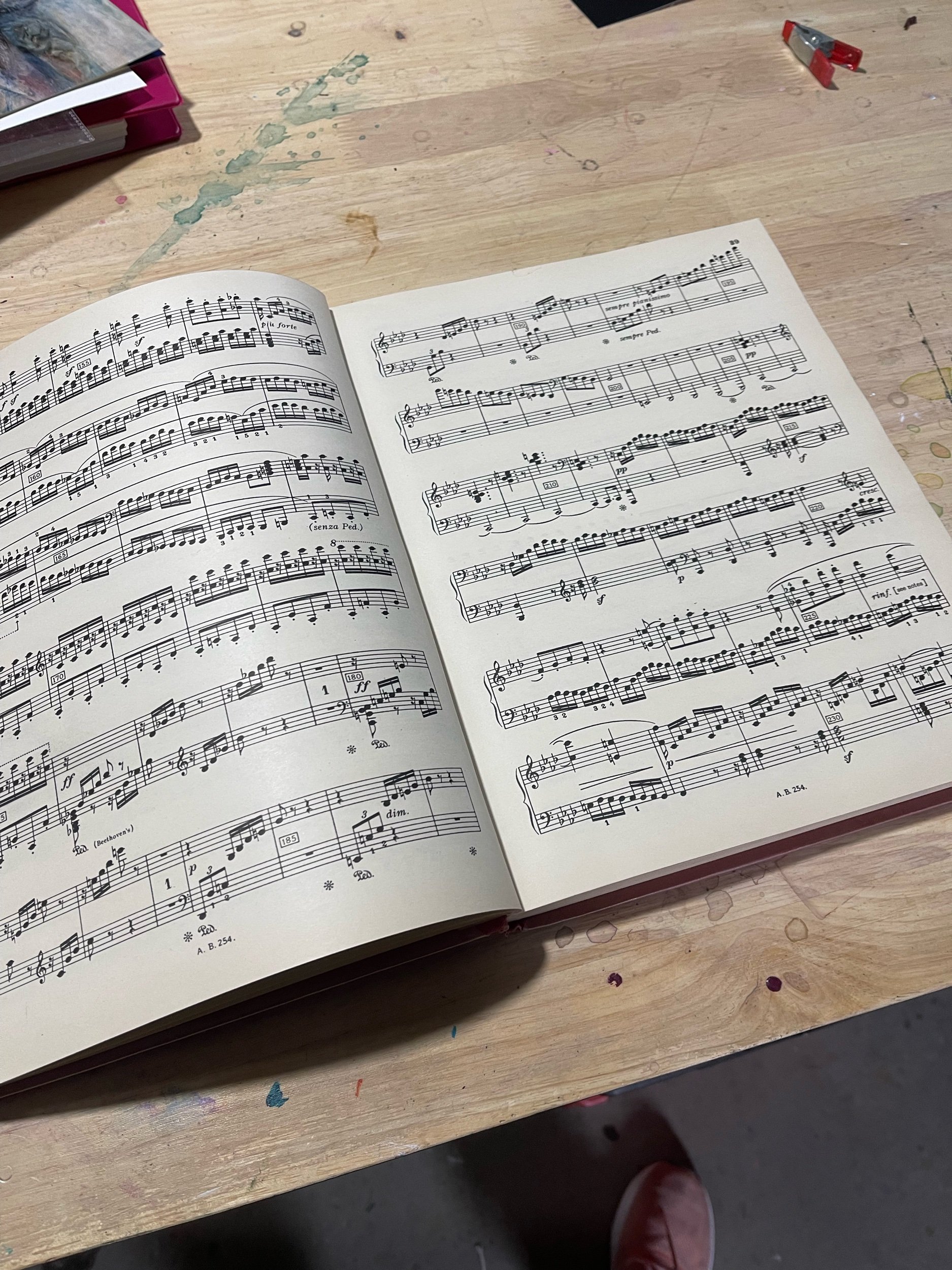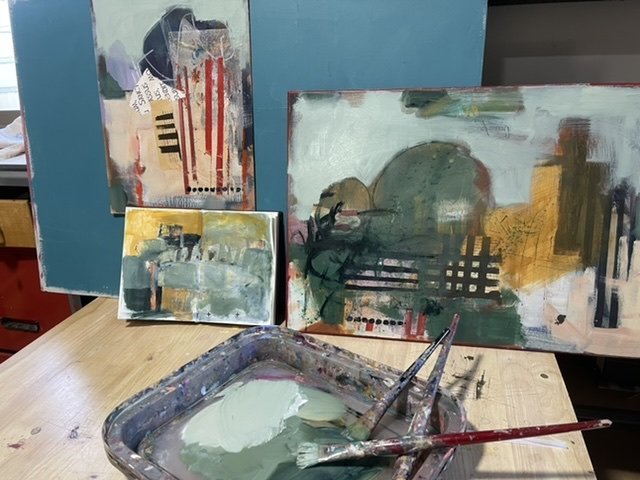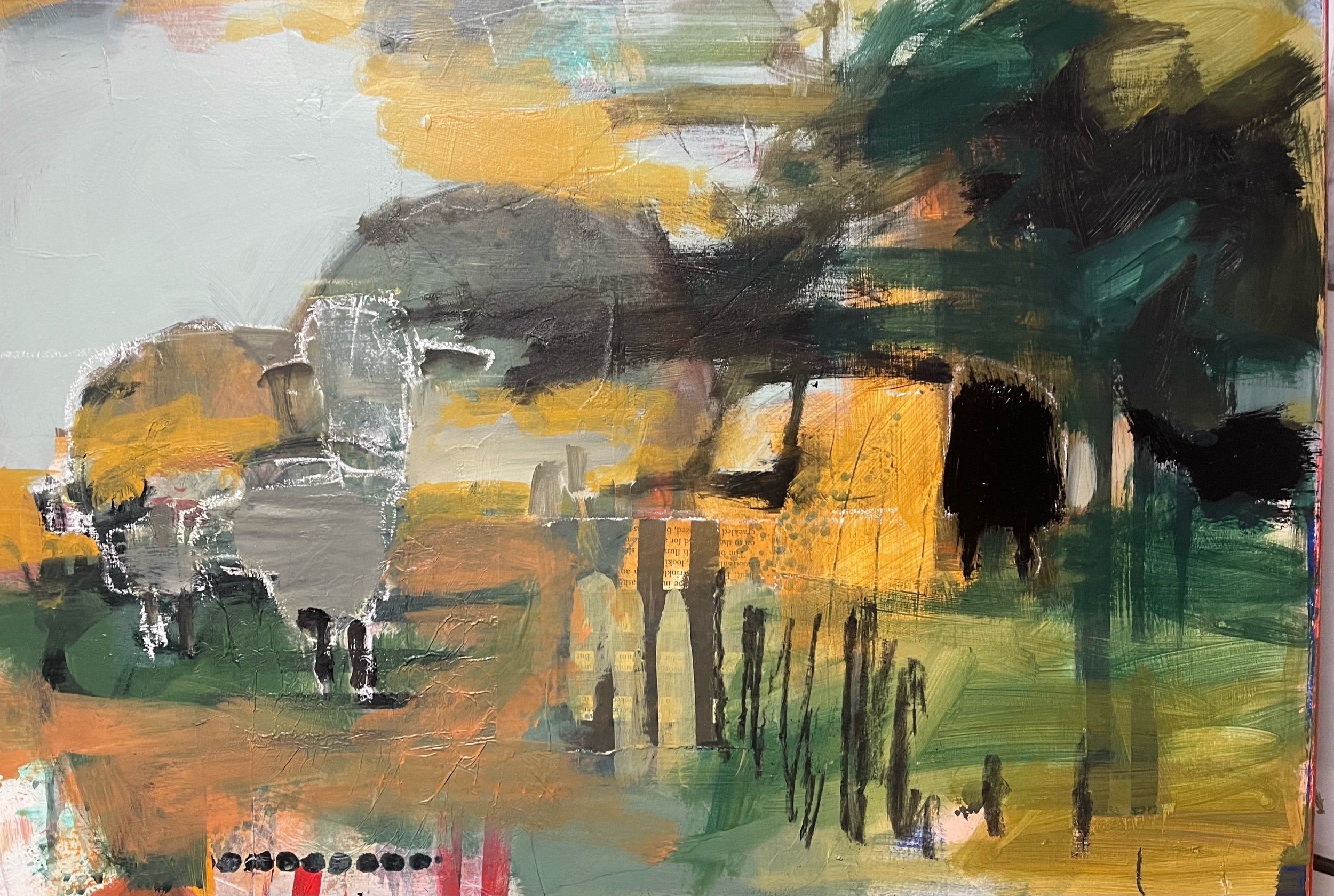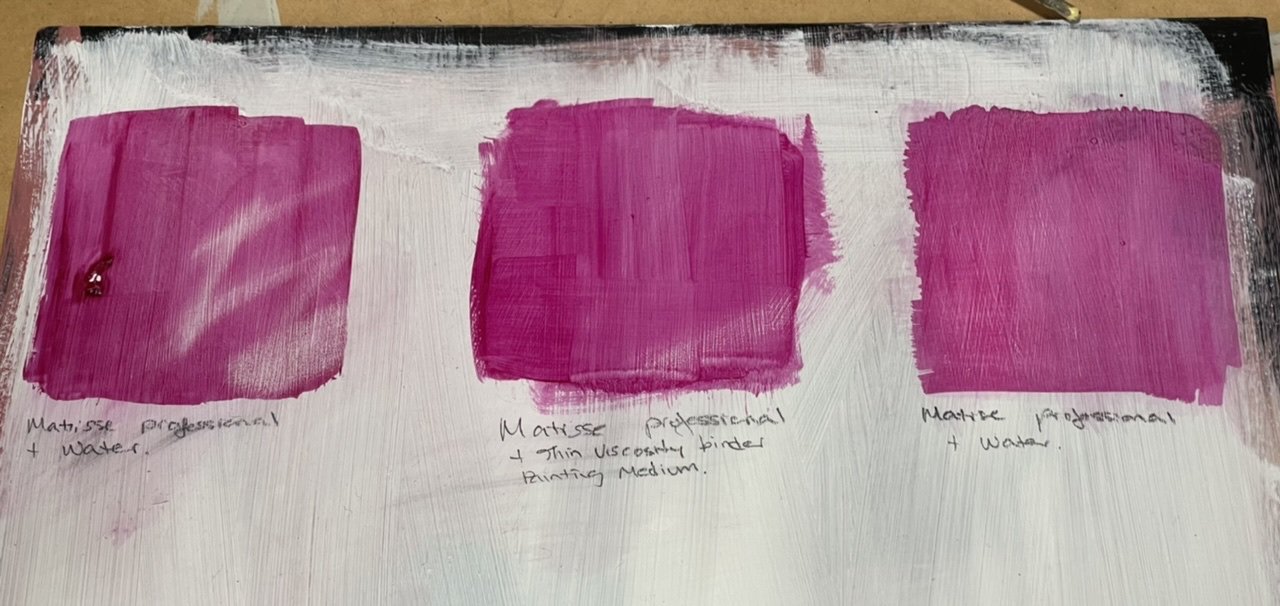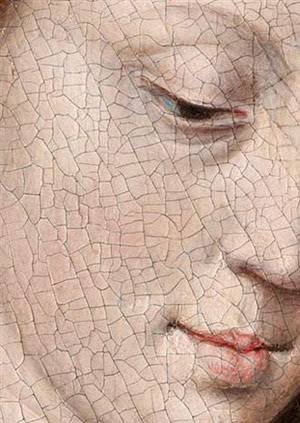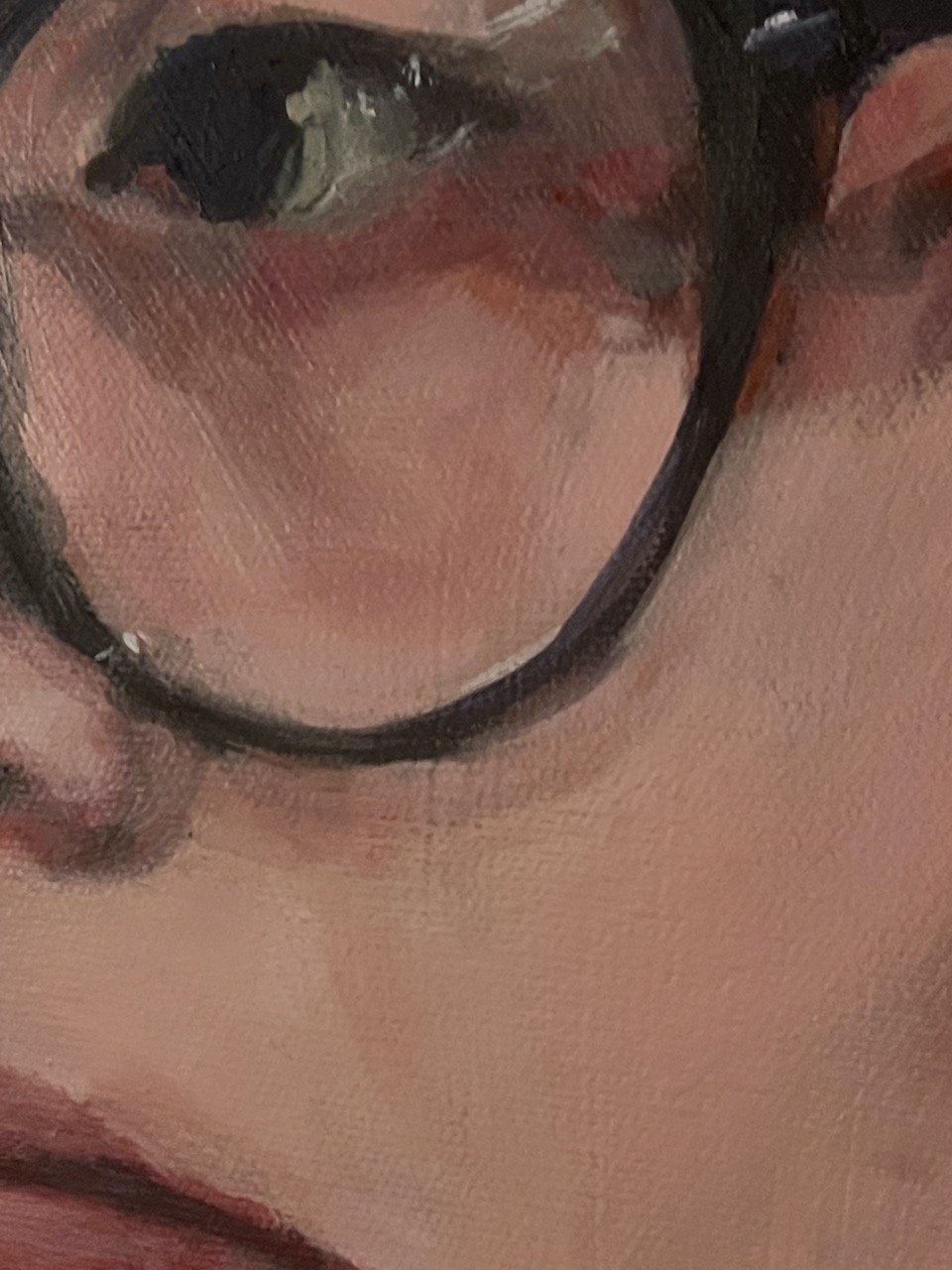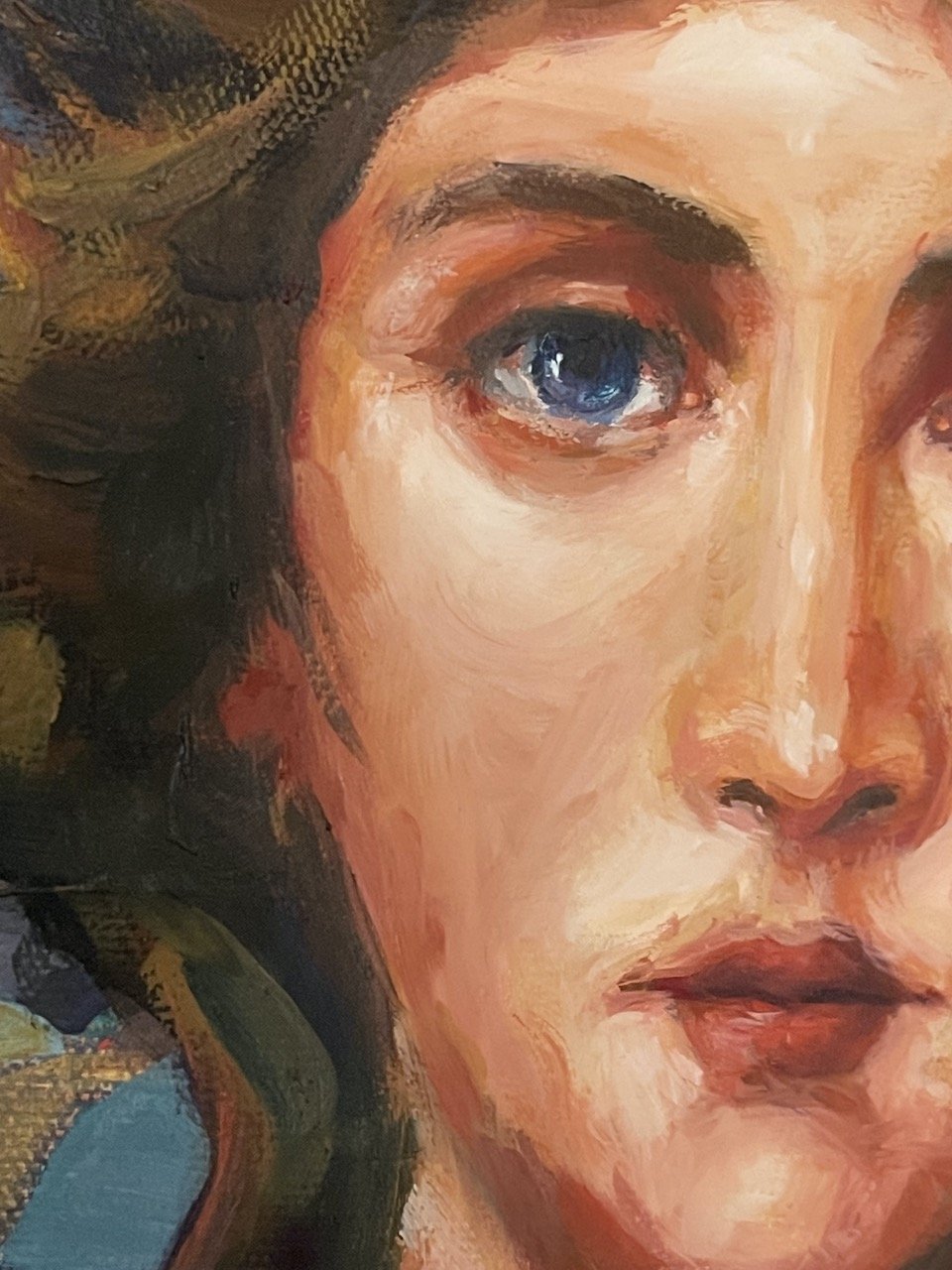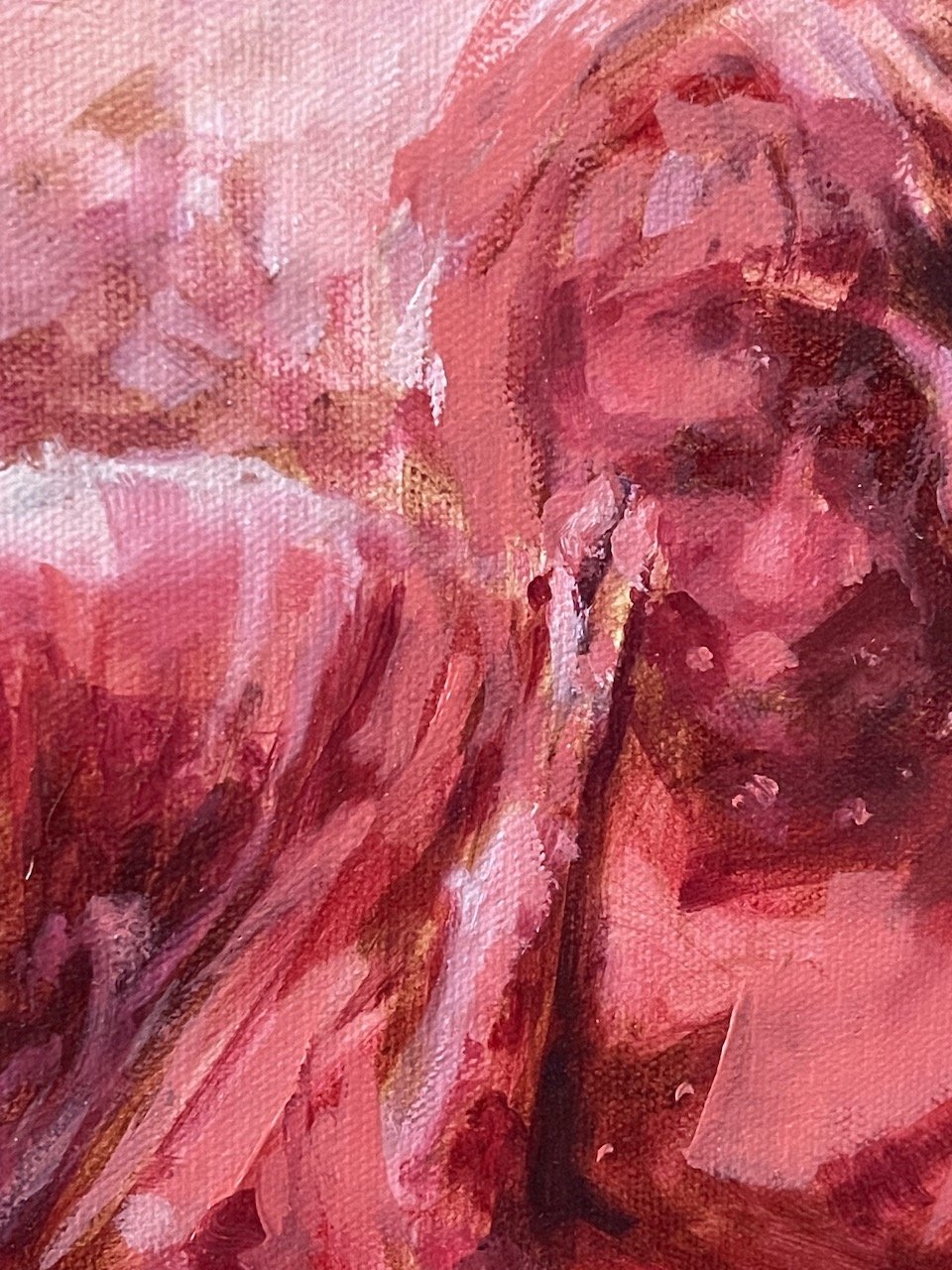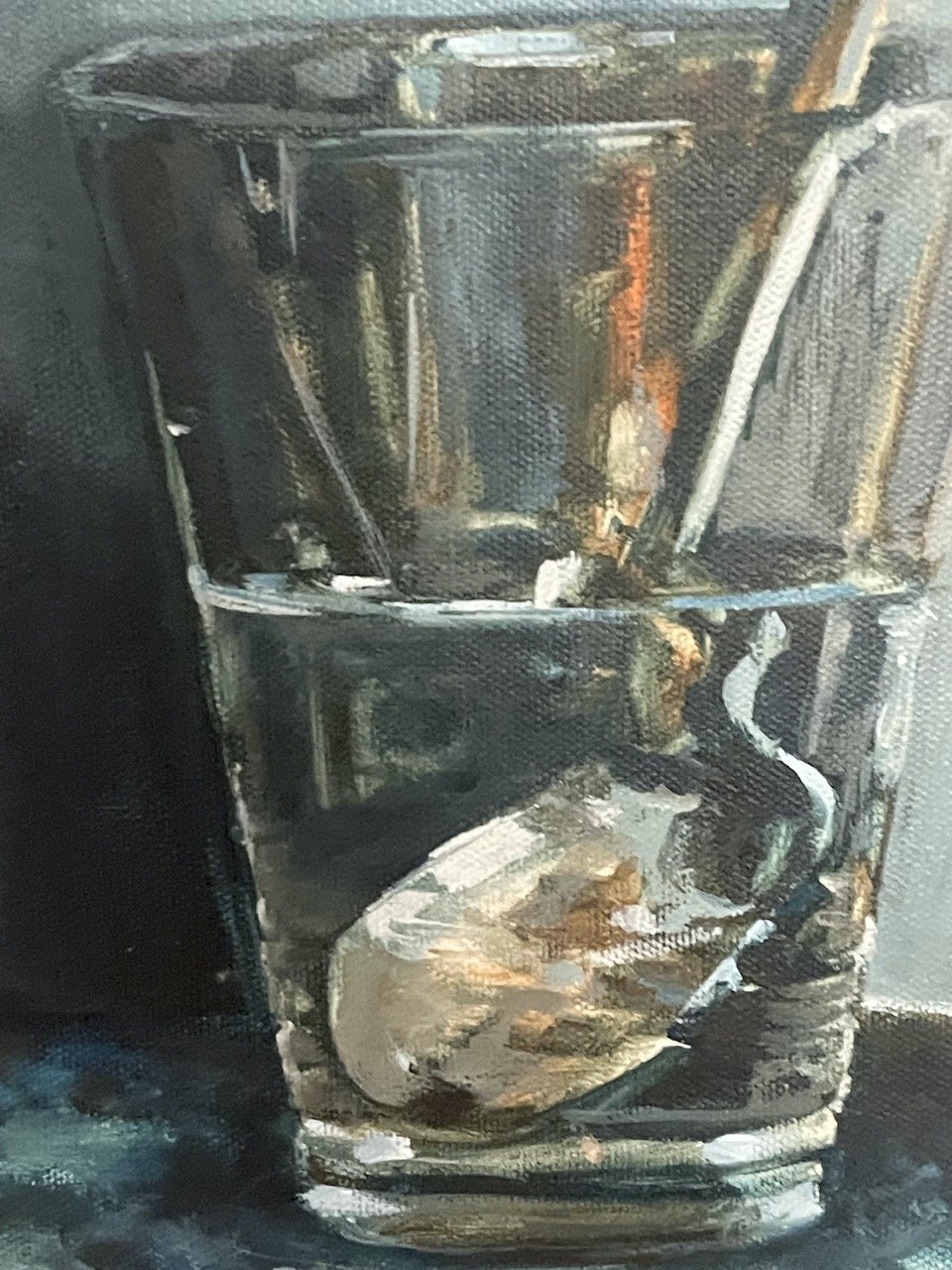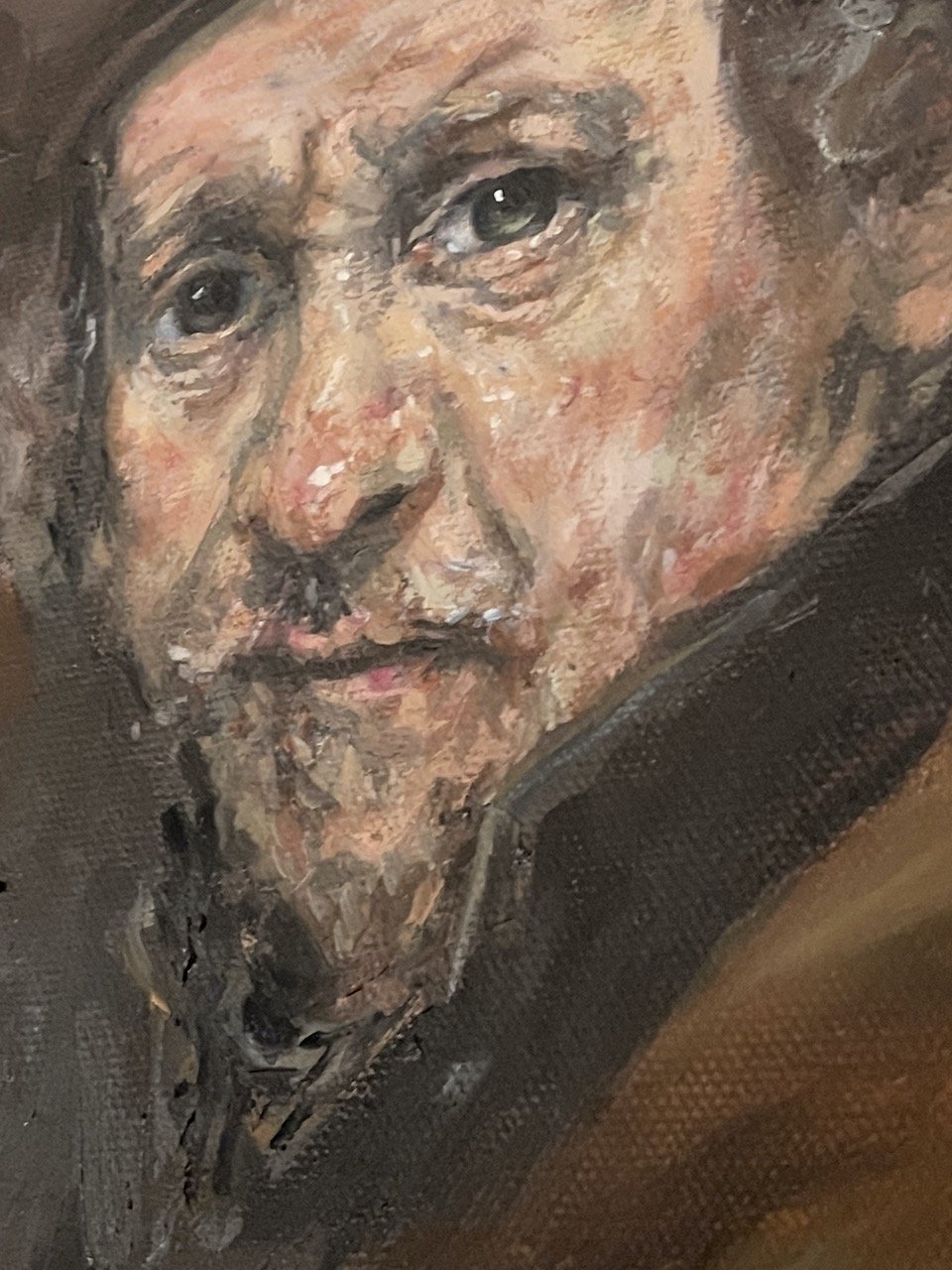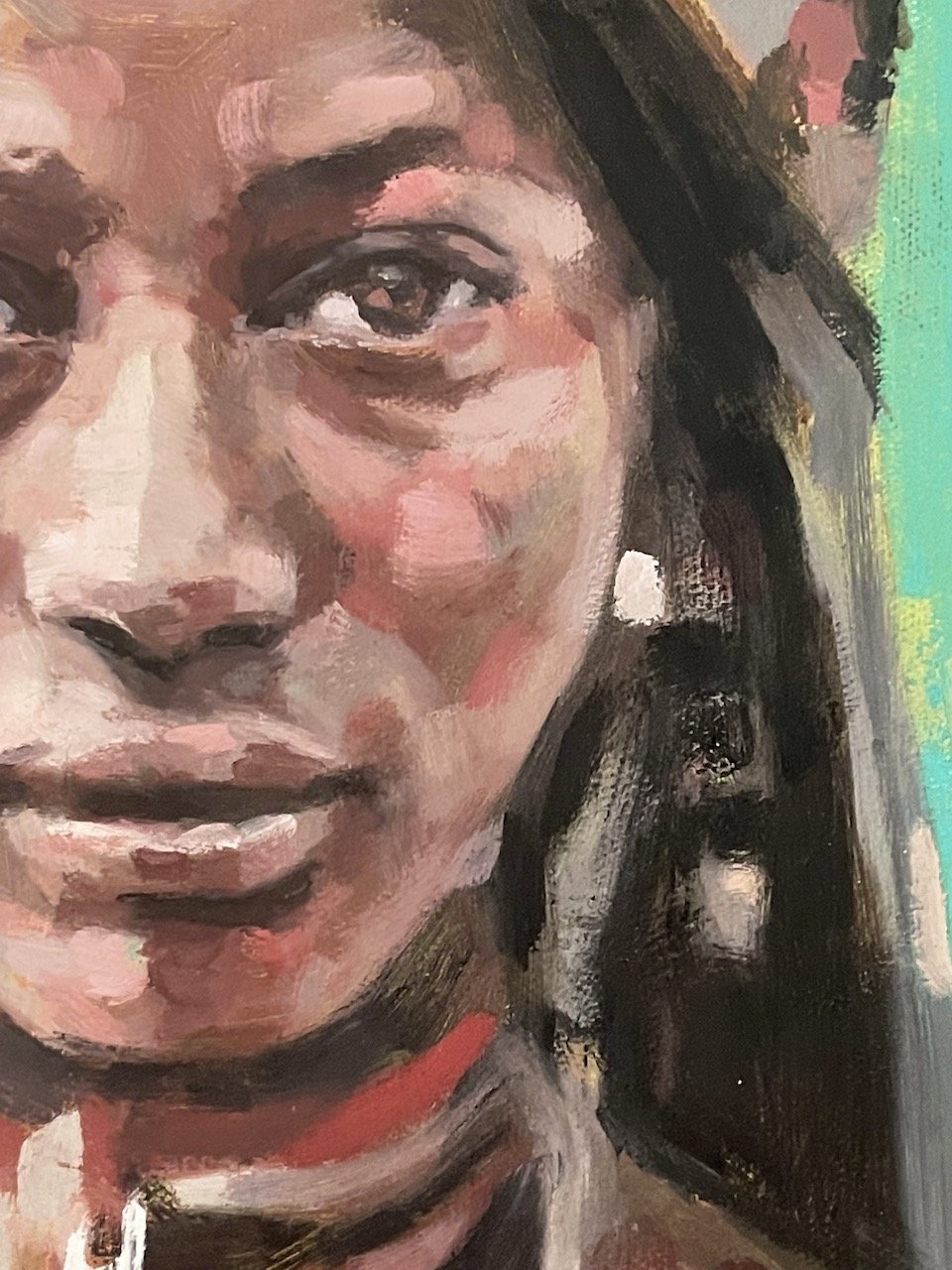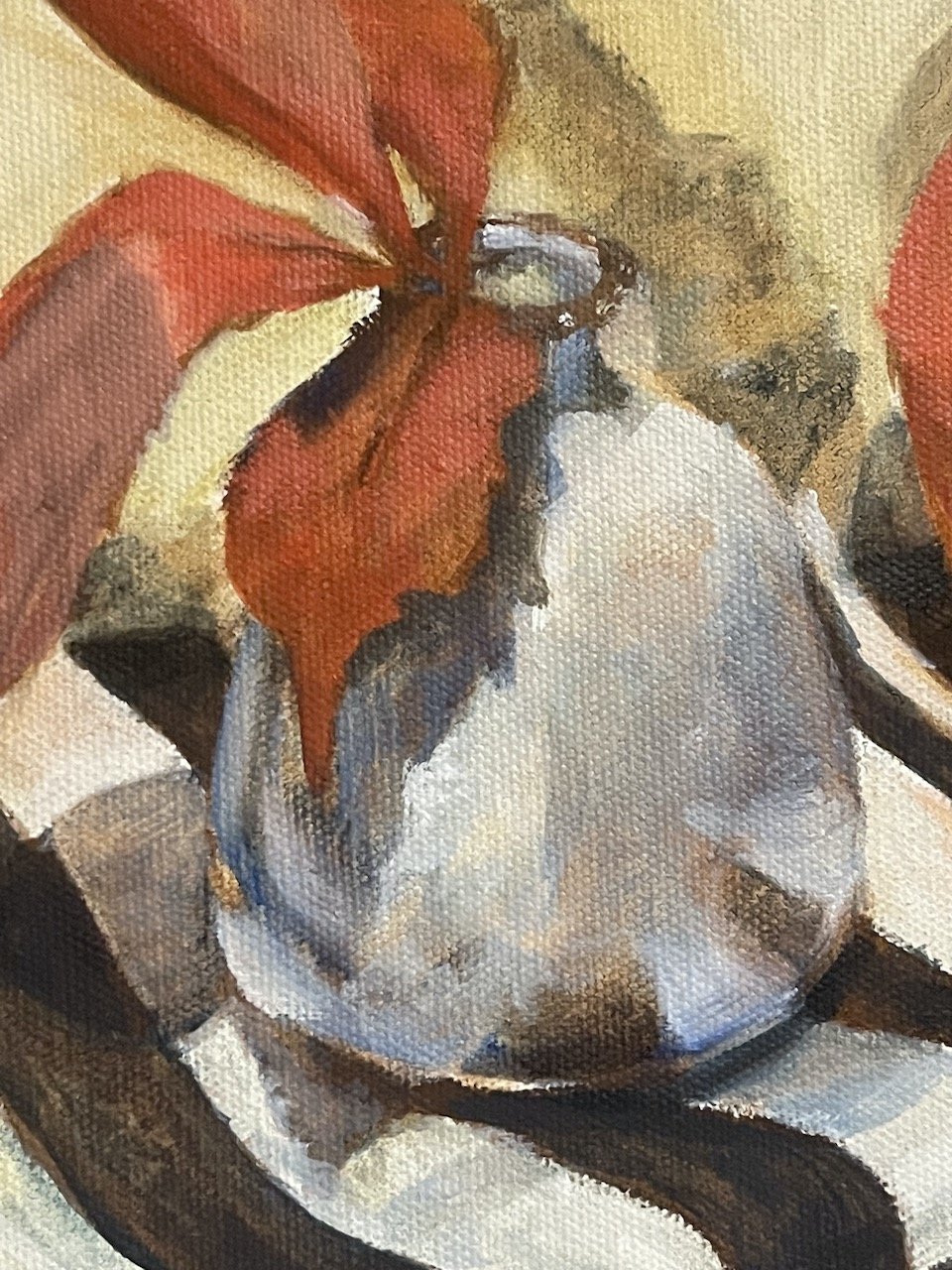…make a lovely gift, are generally lovely to have around and are also really fun to paint. Little flower paintings make great gifts too, and painting for a gift a gift of flowers is painting a gift of a gift which creates a lasting memory of the gift of flowers given for whatever occasion or reason.
The first time I painted a gift of flowers was for a friend. She’d received the most gorgeous bunch of flowers from her friend when her beloved dad passed at the grand old age of 90something. Her birthday was coming up so I photographed them while they were fresh and later painted them for her birthday - this created a a lasting memory of the beautiful gift from her friend and a gift for her from me at the same time.
my first painted gift of flowers gift
Since then I’ve taken to painting little flower paintings of flower gifts as they come along. Mostly these are small sketches in my sketchbook that double up as diary entries when I date them and make a note of what occasion they celebrated.
Pat (my youngest) is a circus performer), has received cute little jars of flowers after performances a few times now and I preserve that memory with a little painting of them.
I painted the proteas I got for Christmas’s last year from Mareka, I painted a bunch of lavender cut from the garden (a plant I grew from a cutting given to me by my neighbour who was an excellent gardener - it was my first successful lavender plant and still stands to this day), I’ve painted a lily and large leaf also cut from the garden given to me from my mother-in-law as a bulb before the kids were born - (they come up every year to remind me of her and the laughs we use to share)…a white rose dad cut for mum from his amazing garden and popped it in a vase to decorate the tray of breakfast-in-bed for her on mothers day, the stunning orchids Deb gave me for painting her son, the gorgeous and huge pink rose Kylie gave from her garden, a bunch of flowers I bought from the supermarket just because, the little pot plant Pat got for her birthday from her bestie, dad’s pride and joy peace Lilly…it goes on, I’m up to “flowers no 14”.
flowers no. 14
To keep myself in supply of source material I photograph little gifts of flowers when they present themselves to me in whatever way, make a note of them and pop them in a folder and slowly I’m finding that flowers are becoming part of the body of work that I create, and each one has it’s own story…the only thing I need to remember to do is make a note on the photos of the story of the flowers so I can make a note if it when it comes to painting them…either that or they just get labeled, “flowers no. …”
flowers no. 13
